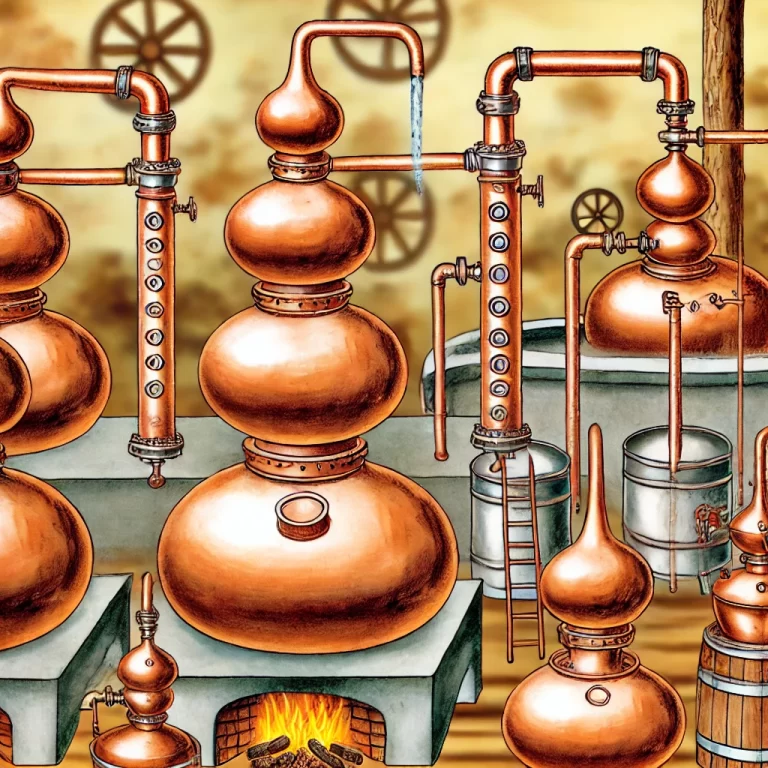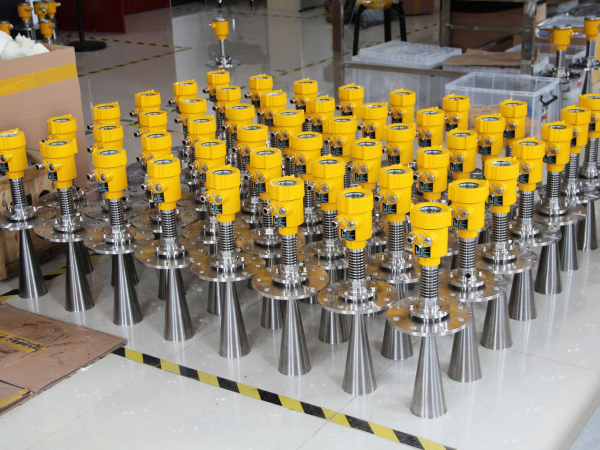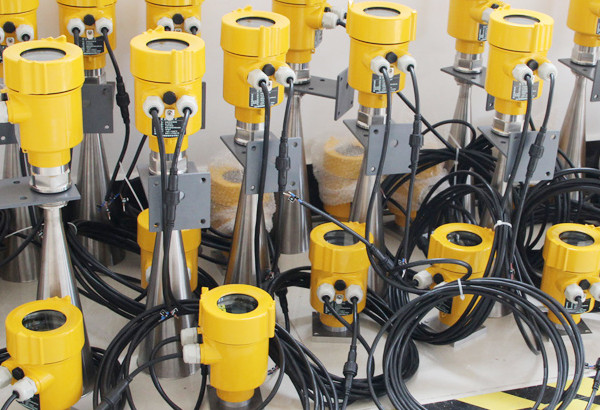In chemical production, distillation kettles serve as important process equipment. Traditional liquid level measurement methods, such as mechanical float balls or capacitive sensors, can meet certain needs to some extent. However, in complex working conditions, such as high temperature, high pressure, or highly corrosive environments, these methods often prove inadequate.
In recent years, with the continuous development and improvement of radar level meter technology, its application in distillation kettle liquid level measurement has become increasingly widespread, demonstrating unparalleled advantages.

Radar level meters utilize the principle of electromagnetic wave reflection for measurement. They emit microwave signals and determine the position of the medium’s surface by receiving the reflected signals.
This non-contact measurement method makes radar level meters particularly well-suited for working in harsh environments, such as those with high temperatures, high pressure, steam, or volatile gases. For equipment like distillation kettles, these features are especially important, as they often need to operate under extreme conditions.

During the distillation process, the liquid inside the kettle is usually in a boiling state, generating a large amount of steam and foam, which can interfere with accurate level measurement.
Thanks to its strong penetration capability, the radar level meter can effectively avoid these issues, providing stable and reliable level data. Additionally, radar level meters are not affected by the dielectric constant of the medium, meaning they can accurately measure both water-based and oil-based media. In terms of installation and maintenance, radar level meters also excel.
Their non-contact nature reduces direct contact with the medium, thereby lowering maintenance costs caused by corrosion or contamination. Furthermore, modern radar level meters are often equipped with intelligent diagnostic functions, allowing real-time monitoring of device status and preventing potential failures, which further enhances the reliability and safety of the equipment.

In summary, the application of radar level meters in the liquid level measurement of distillation kettles not only improves measurement accuracy and reliability but also enhances the safety and efficiency of the production process.
With continuous technological advancements and the expansion of its applications, it is foreseeable that radar level meters will become an important component of industrial automation control in the future.
